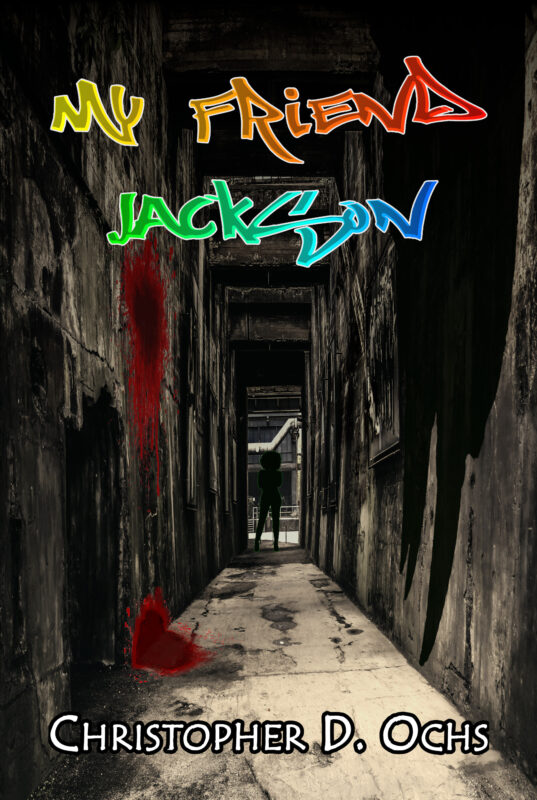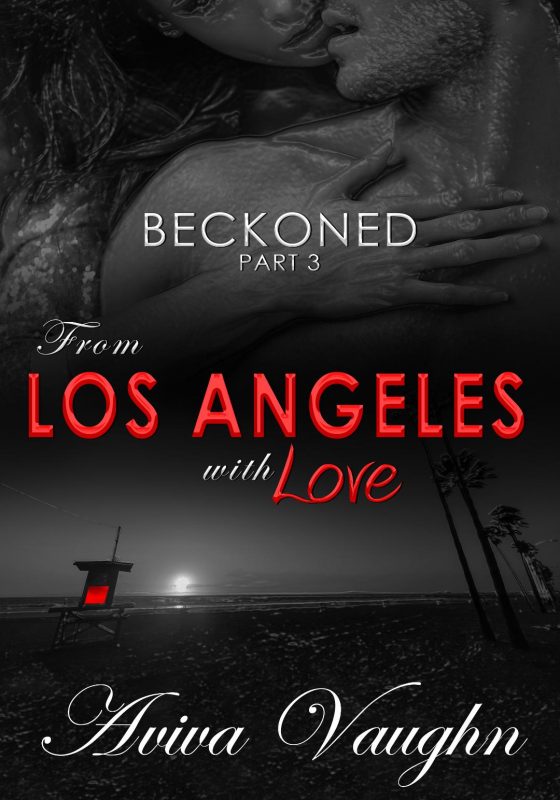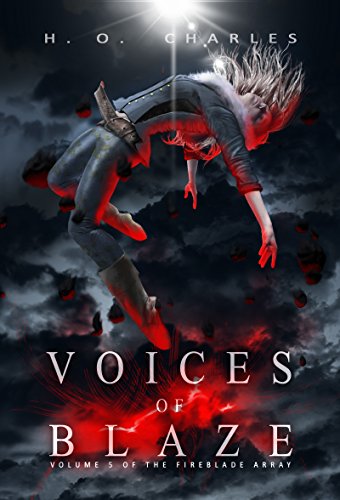On This Fourth Day of Christmas…
December 28, 2021 by Alina K. Field in category Quarter Days by Alina K. Field tagged as A Regency Christmas, The Grand Holiday, The Man Who Invented ChristmasI’m reprising a post from a Christmas past. Some of you know that my husband of thirty-nine years passed away several weeks ago. I’ve been preoccupied with honoring his life and grieving, so I’m sharing this earlier Quarter Days blog. Enjoy!
The Grand Holiday
In past posts, I talked about the English Quarter Days of Midsummer’s Day and Michaelmas.
Father Christmas with the Yule Log, 1848
To refresh your memory, Quarter Days were the four days during the year when rents were paid, servants hired, and contracts commenced. The last Quarter Day of the calendar year was the grand holiday of Christmas. Though the Quarter Day was December 25th, Christmas celebrations went on for twelve days.

Kissing under the Mistletoe
Christmas Romance
We romance authors flood the lists every year with Christmas novellas, and not just the contemporary lists. Christmas Regency romances abound and sell well. But how to get the details right for our hero and heroine? How did the Christmas celebrations aid or interfere with a Regency hero’s wooing? How did they celebrate Christmas?
Before the Regency

As I pointed out in an earlier post, Christmas falls around the time of the winter solstice. The pagan festivities of the season were Bacchanalian revels of feasting and drinking and other “wicked” practices. To encourage some order, the early Christian church designated December 25th as a religious holiday.
So, people went to church…and then they feasted, drank, etc.
Under the Puritan rule that resulted from the 17th century English Civil War, the observance of Christmas was banned. The Lord High Protector of England, Oliver Cromwell, and his Puritan cohorts decided that English people needed to be protected from carnal delights of holiday celebrations. Christmas became a regular workday. Anyone celebrating could be subject to penalty.
The Puritans carried this attitude across the Pond. Christmas was illegal in their American colonies also.
With the restoration to the throne of Charles II (a man greatly given to Bacchanalian revels), Christmas was also restored in the English calendar of holidays.
The Man Who Invented Christmas

Christmas as we know it was documented by Charles Dickens, author of A Christmas Carol. In the story of Scrooge and Tiny Tim, Dickens brought to life the quintessential picture of a Victorian Christmas.
But if you’re writing a Regency-set Christmas romance, don’t pull out your copy of Dickens and copy his story world. To quote a post I wrote a couple of years ago:
Decorating with evergreen boughs and mistletoe (and kissing under the mistletoe!), wassailing, acting out pantomimes, and singing carols, were part of the Regency holiday celebration…Christmas trees and Santa Claus did not become popular until Victorian times.
Click on the link to read the rest of that post.
A Visit from St. Nicholas
Or, the title most of us know it by, ‘Twas the Night Before Christmas, was written by an American, Clement Clarke Moore, in 1823. Dutch and German holiday traditions influenced the celebration of Christmas earlier in America than in England. Prince Albert, Victoria’s German prince, is credited with popularizing the Christmas tree in England.
Pictures worth a thousand words
Dickens brought us A Christmas Carol in 1843, but check out this series of illustrations by cartoonist George Cruikshanks. Even before Scrooge made his appearance, the early Victorians were holding over-the-top celebrations of the Twelve Days of Christmas.
No matter what holiday you celebrate, I wish you all the best in this season of holidays! Hold your loved ones close, and treasure every moment!
0 0 Read moreQuarter Days: Christmas
December 28, 2017 by Alina K. Field in category Columns tagged as Charles Dickens, Christmas, Oliver Cromwell, Quarter Days, Regency Christmas, The Man Who Invented ChristmasGreetings to my fellow history nerds. It’s time for another installment of my quarterly blog on historical topics.
In past posts, I talked about the English Quarter Days of Midsummer’s Day and Michaelmas.

Father Christmas with the Yule Log, 1848
To refresh your memory, Quarter Days were the four days during the year when rents were paid, servants hired, and contracts commenced. The last Quarter Day of the calendar year was the grand holiday of Christmas. Though the Quarter Day was December 25th, Christmas celebrations went on for twelve days.

Kissing under the Mistletoe
Christmas Romance
We romance authors flood the lists every year with Christmas novellas, and not just the contemporary lists. Christmas Regency romances abound and sell well. But how to get the details right for our hero and heroine? How did the Christmas celebrations aid or interfere with a Regency hero’s wooing? How did they celebrate Christmas?
Before the Regency
 As I pointed out in an earlier post, Christmas falls around the time of the winter solstice. The pagan festivities of the season were Bacchanalian revels of feasting and drinking and other wicked practices. To encourage some order, the early Christian church designated December 25th as a religious holiday.
As I pointed out in an earlier post, Christmas falls around the time of the winter solstice. The pagan festivities of the season were Bacchanalian revels of feasting and drinking and other wicked practices. To encourage some order, the early Christian church designated December 25th as a religious holiday.
So, people went to church…and then they feasted, drank, and engaged in other wicked practices.
Under the Puritan rule that resulted from the 17th century English Civil War, the observance of Christmas was banned. The Lord High Protector of England, Oliver Cromwell, and his Puritan cohorts decided that English people needed to be protected from carnal delights of holiday celebrations. Christmas became a regular workday. Anyone celebrating could be subject to penalty.
The Puritans carried this attitude across the Pond. Christmas was illegal in their American colonies also.
With the restoration to the throne of Charles II (a man greatly given to Bacchanalian revels), Christmas was also restored in the English calendar of holidays.
The Man Who Invented Christmas
 Christmas as we know it was documented by Charles Dickens, author of A Christmas Carol. I haven’t seen the movie yet, but I’ve dipped into the book by Les Standiford. In the story of Scrooge and Tiny Tim, Dickens brought to life the quintessential picture of a Victorian Christmas.
Christmas as we know it was documented by Charles Dickens, author of A Christmas Carol. I haven’t seen the movie yet, but I’ve dipped into the book by Les Standiford. In the story of Scrooge and Tiny Tim, Dickens brought to life the quintessential picture of a Victorian Christmas.
But if you’re writing a Regency-set Christmas romance, don’t pull out your copy of Dickens and copy his story world. To quote a post I wrote a couple of years ago:
Decorating with evergreen boughs and mistletoe (and kissing under the mistletoe!), wassailing, acting out pantomimes, and singing carols, were very likely part of the Regency holiday celebration…Christmas trees and Santa Claus did not become popular until Victorian times.
Click on the link to read the rest of that post.
A Visit from St. Nicholas
Or, as we know it, ‘Twas the Night Before Christmas, was written by an American, Clement Clarke Moore, in 1823. Dutch and German holiday traditions influenced the celebration of Christmas earlier in America than in England. Prince Albert, Victoria’s German prince, is credited with popularizing the Christmas tree in England.
Pictures worth a thousand words
Dickens brought us A Christmas Carol in 1843, but check out this series of illustrations by cartoonist George Cruikshanks. Even before Scrooge made his appearance, the early Victorians were holding over-the-top celebrations of the Twelve Days of Christmas.
No matter what holiday you celebrate, I wish you all the best in this season of holidays! I’ll be back in March to talk about Lady Day.
All Images courtesy of Wikimedia Commons
8 0 Read moreAffiliate Links
A Slice of Orange is an affiliate with some of the booksellers listed on this website, including Barnes & Nobel, Books A Million, iBooks, Kobo, and Smashwords. This means A Slice of Orange may earn a small advertising fee from sales made through the links used on this website. There are reminders of these affiliate links on the pages for individual books.
Search A Slice of Orange
Find a Column
Archives
Featured Books
MY FRIEND JACKSON
Can Jasmine untangle her life and reclaim her identity, her life—her soul?
More info →FIRST IMPRESSIONS SECOND CHANGES
Everyone deserves a second change at love.
More info →VOICES OF BLAZE
The Voices of Blaze speak their words of advice, but will they bring help or harm?
More info →Newsletter
Contributing Authors
Search A Slice of Orange
Find a Column
Archives
Authors in the Bookstore
- A. E. Decker
- A. J. Scudiere
- A.J. Sidransky
- A.M. Roark
- Abby Collette
- Alanna Lucus
- Albert Marrin
- Alice Duncan
- Alina K. Field
- Alison Green Myers
- Andi Lawrencovna
- Andrew C Raiford
- Angela Pryce
- Aviva Vaughn
- Barbara Ankrum
- Bethlehem Writers Group, LLC
- Carol L. Wright
- Celeste Barclay
- Christina Alexandra
- Christopher D. Ochs
- Claire Davon
- Claire Naden
- Courtnee Turner Hoyle
- Courtney Annicchiarico
- D. Lieber
- Daniel V. Meier Jr.
- Debra Dixon
- Debra H. Goldstein
- Debra Holland
- Dee Ann Palmer
- Denise M. Colby
- Diane Benefiel
- Diane Sismour
- Dianna Sinovic
- DT Krippene
- E.B. Dawson
- Emilie Dallaire
- Emily Brightwell
- Emily PW Murphy
- Fae Rowen
- Faith L. Justice
- Frances Amati
- Geralyn Corcillo
- Glynnis Campbell
- Greg Jolley
- H. O. Charles
- Jaclyn Roché
- Jacqueline Diamond
- Janet Lynn and Will Zeilinger
- Jaya Mehta
- Jeannine Atkins
- Jeff Baird
- Jenna Barwin
- Jenne Kern
- Jennifer D. Bokal
- Jennifer Lyon
- Jerome W. McFadden
- Jill Piscitello
- Jina Bacarr
- Jo A. Hiestand
- Jodi Bogert
- Jolina Petersheim
- Jonathan Maberry
- Joy Allyson
- Judy Duarte
- Justin Murphy
- Justine Davis
- Kat Martin
- Kidd Wadsworth
- Kitty Bucholtz
- Kristy Tate
- Larry Deibert
- Larry Hamilton
- Laura Drake
- Laurie Stevens
- Leslie Knowles
- Li-Ying Lundquist
- Linda Carroll-Bradd
- Linda Lappin
- Linda McLaughlin
- Linda O. Johnston
- Lisa Preston
- Lolo Paige
- Loran Holt
- Lynette M. Burrows
- Lyssa Kay Adams
- Madeline Ash
- Margarita Engle
- Marguerite Quantaine
- Marianne H. Donley
- Mary Castillo
- Maureen Klovers
- Megan Haskell
- Melanie Waterbury
- Melisa Rivero
- Melissa Chambers
- Melodie Winawer
- Meriam Wilhelm
- Mikel J. Wilson
- Mindy Neff
- Monica McCabe
- Nancy Brashear
- Neetu Malik
- Nikki Prince
- Once Upon Anthologies
- Paula Gail Benson
- Penny Reid
- Peter J Barbour
- Priscilla Oliveras
- R. H. Kohno
- Rachel Hailey
- Ralph Hieb
- Ramcy Diek
- Ransom Stephens
- Rebecca Forster
- Renae Wrich
- Roxy Matthews
- Ryder Hunte Clancy
- Sally Paradysz
- Sheila Colón-Bagley
- Simone de Muñoz
- Sophie Barnes
- Susan Kaye Quinn
- Susan Lynn Meyer
- Susan Squires
- T. D. Fox
- Tara C. Allred
- Tara Lain
- Tari Lynn Jewett
- Terri Osburn
- Tracy Reed
- Vera Jane Cook
- Vicki Crum
- Writing Something Romantic
Affiliate Links
A Slice of Orange is an affiliate with some of the booksellers listed on this website, including Barnes & Nobel, Books A Million, iBooks, Kobo, and Smashwords. This means A Slice of Orange may earn a small advertising fee from sales made through the links used on this website. There are reminders of these affiliate links on the pages for individual books.









































